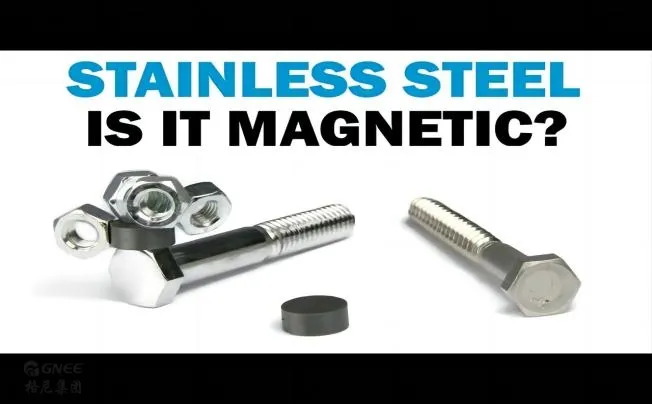Why Are Some Stainless Steel Decorative Pipes Magnetic?
There are numerous varieties of stainless steel pipe fittings, and they can be grouped into several groups based on how they look at room temperature: 2. Martensite or ferritic type, such as 430, 420, or 410. 1. Austenitic types, such as 304, 321, 316, or 310. The martensite or ferrite type is magnetic, whereas the austenite type is either non-magnetic or rather slightly magnetic.
Most stainless steel decorative pipes, including 304 stainless steel seamless pipes, are austenitic 304 material and are frequently used as decorative pipe sheets. They are often either non-magnetic or weakly magnetic. Magnetism can also arise due to variations in chemical composition or variable processing conditions brought on by smelting, although this cannot be regarded as fake or of inferior quality. What’s the cause?
As was already mentioned, martensite or ferrite is magnetic, but austenite is either non-magnetic or rather faintly magnetic. Due to compositional segregation or incorrect heat treatment, a limited quantity of martensite or ferrite organization will be created during the smelting process. The pipe will become mildly magnetic in this way. Additionally, martensite will be created after cold working the decorative pipe made of 304 stainless steel. The degree of martensite transformation and cold working deformation is inversely correlated with steel’s magnetic characteristics. Similar to a batch of steel strips, the manufacturing of 76 steel pipe does not show any visible magnetic induction; however, if a 9.5 steel pipe is created, the magnetic induction will be more apparent due to the greater bending distortion. Consequently, the deformation of the generated square and rectangular pipe is greater than that of the round pipe, particularly in the corner part where the deformation is more pronounced and the magnetism is more apparent.
By using a high-temperature solid solution treatment, our company can repair and stabilize the austenite structure and get rid of the pipe’s magnetic qualities.
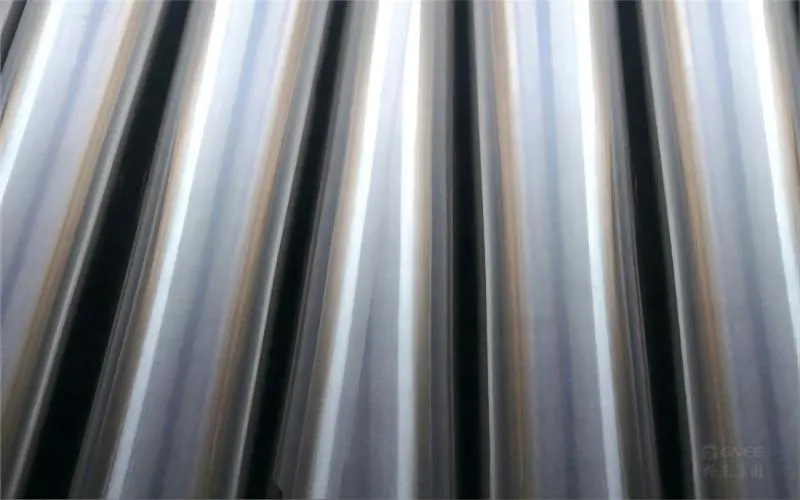
The Differences Between Common Stainless Steel Decorative Pipes
180 Grit and 600 Grit Decorative Steel Pipes
It is possible to think of the surface finish of decorative stainless steel pipes at 180 grit as having a dull brushed appearance. A fine, consistent, and unidirectional sanding line defines this finish. The surface has a reflective, mirror-like sheen thanks to the 600 grit’s usual mirror polish effect. To achieve the desired surface finish, the material is polished with 320 grit, and then further buffing is applied.
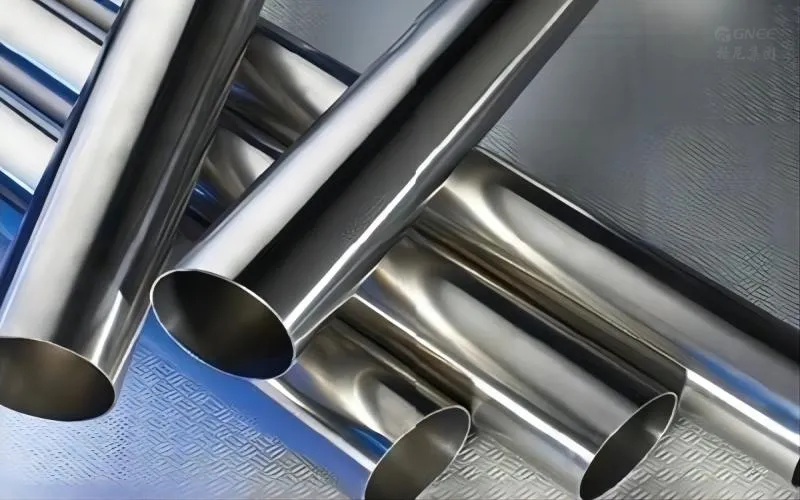
Satin and Mirror Stainless Steel Decorative pipes
A decorative pipe constructed of stainless steel with a satin finish is known as a satin stainless steel decorative pipe. This decorative pipe’s surface treatment lessens light reflection, lowers brightness, and increases uniformity, giving it a more attractive appearance in various settings and making cleanup simpler. Appliances, kitchens, escalators, hospitals, work areas in contact with food, wall and furniture cladding, urban furniture, and building facades are among the principal applications for satin stainless steel decorative pipes.
One type of stainless steel pipe fitting is mirror stainless steel decorative pipe. To create a mirror illusion, its surface has been finely polished. High gloss, attractiveness, and toughness are its qualities. It is frequently utilized in locations like lift panels, interior design, furniture components, bathroom mirrors, hotels, decorative strips for cars, and other places.
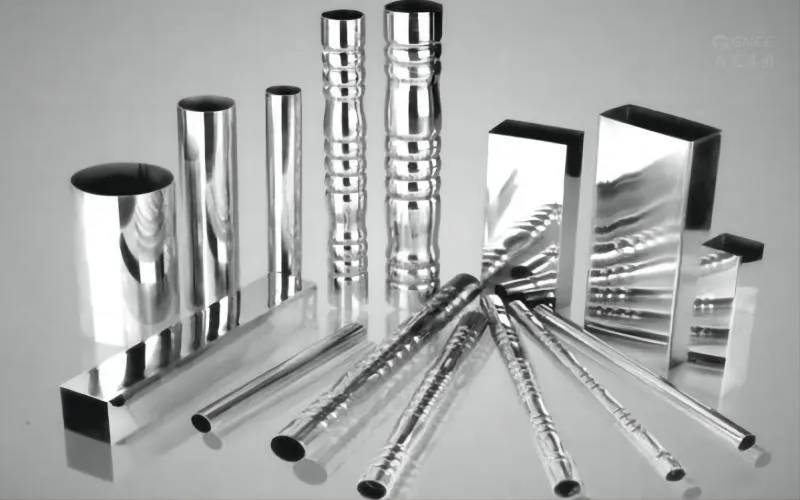
SS 316 Decorative Pipes vs. 201 Stainless Steel Handrail Pipes
The distinctive shape of 201 stainless steel handrail pipes makes them ideal for a variety of structural uses. It has high strength, good mechanical qualities, and good corrosion resistance in addition to being strong, formable, and weldable. While 201 SS piping, which is largely employed in the production of projecting weights, is stronger and has more durable qualities than SS 316 decorative piping, the latter is not as strong and durable.
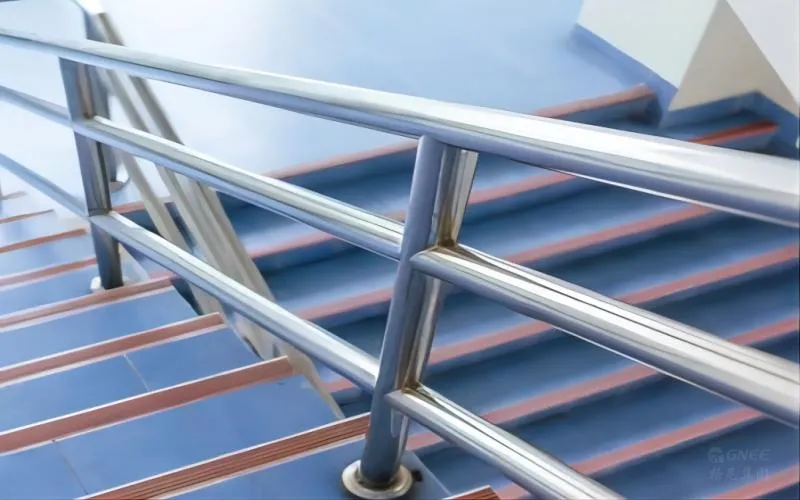
What Are Stainless Steel Decorative Pipes Used for?
Molds and mechanical tools are used to create stainless steel welded pipes, often known as decorative stainless steel piping. They are widely used in construction, chemical equipment, and other areas because they have great mechanical properties, a stunning look, high strength, and good workability.
Due to its attractiveness and usability, stainless steel decorative pipes are utilized in a variety of applications. They serve as decorative elements for kitchenware, doors, windows, handrails, and other structures. However, it also serves a purpose in mechanical construction, chemical apparatus, the aerospace sector, and other areas.



